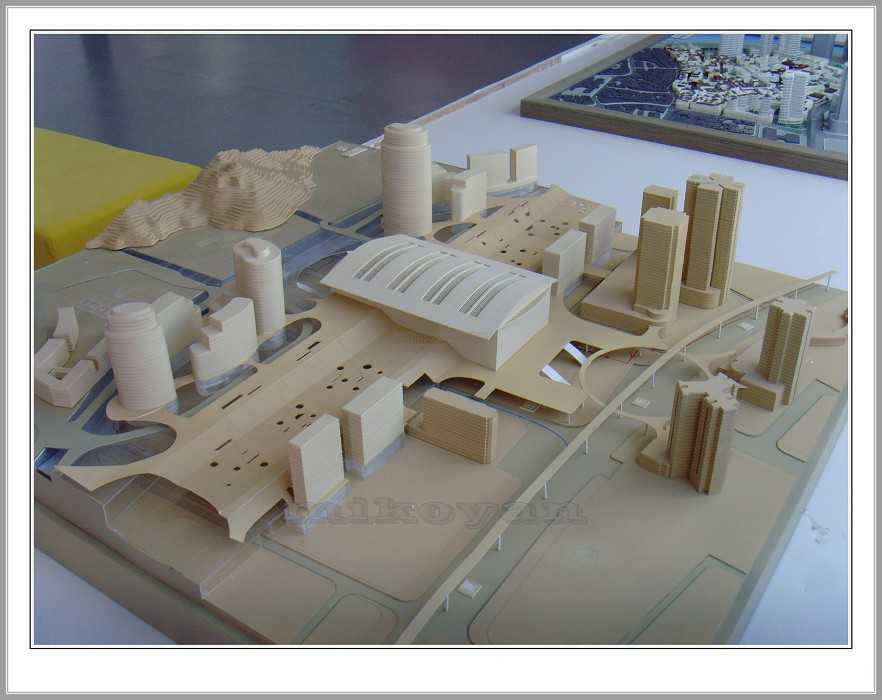In our life, we can see models in many places, including real estate models, mannequins, military models, etc., which provide us with the most intuitive and vivid effects. But many friends don’t know much about the materials for making models, so the following editor will introduce them.
1. Gypsum model material:
Pros: Although the molding is convenient, it has the advantages of being easy to direct pouring, turning molding, template scraping molding, rough molding after molding, skeleton pouring molding processing, etc.;
Disadvantages: It is too heavy, difficult to move, easy to damage, and the effect of connecting with other materials is not good. the
2. Wooden model material:
Pros: light weight, low density, plasticity, easy processing and painting, beautiful texture and color pattern;
Disadvantages: flammable, susceptible to pests, and cracks and bending deformations.
3. FRP model material:
Pros: High strength, good damage safety, excellent molding process, and can be produced in batches. Moreover, it has good application performance in material treatment such as painting on the surface of FRP materials, especially in the post-model production of large-scale products, and has irreplaceable advantages;
Disadvantages: poor wear resistance, troublesome mold making.
4. Paper model materials:
Pros: Inexpensive, high quality, wide range of applications; and various varieties, specifications, colors, easy to cut, process, change and shape; quick to use and strong expressiveness.
Disadvantages: The material has poor physical properties, low strength, strong hygroscopicity, and is easily deformed by moisture. In the process of making architectural models, the bonding speed is slow, and it is not easy to repair after molding.
5. Plastic model material:
Pros: light weight, high strength, good chemical corrosion resistance, excellent insulation performance and wear resistance (except foamed plastics). Thermoplastics can also be thermally formed (such as polyvinyl chloride, plexiglass, ABS plastics), and the forming effect is good;
Disadvantages: processing is troublesome, time-consuming and labor-intensive.
6. Clay model material:
Pros: It is easy to process, has strong plasticity, and the surface is not easy to crack and can be polished and painted after being polished and greasy. It can also be modified and recycled repeatedly, so it is more suitable for making models with complex shapes and large volumes;
Disadvantages: On the one hand, the accuracy of the model size is difficult to grasp, and accurate lofting or three-coordinate point measurement and symmetrical positioning processing are needed to effectively ensure the accuracy of the shape. On the other hand, when making a large model, it must be used in conjunction with other materials in order to save material costs and ensure the strength of the model.
The above are the advantages and disadvantages of the six common models in the production of architectural model making.

